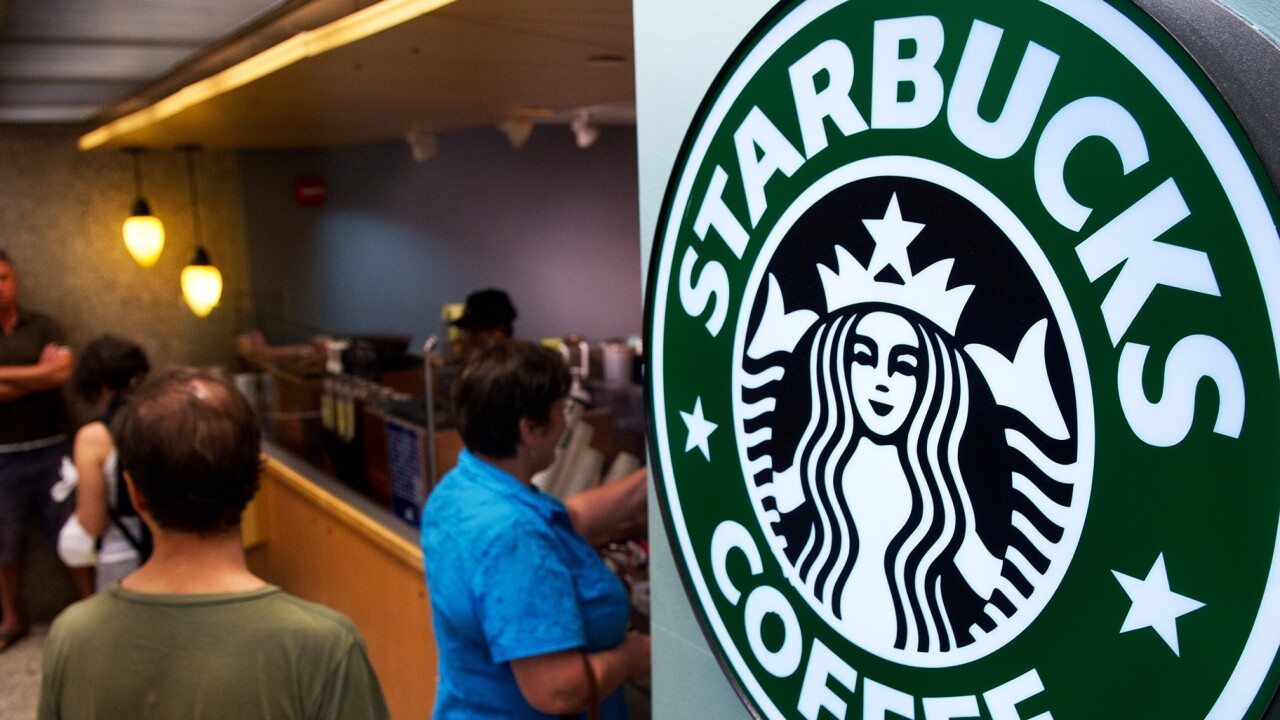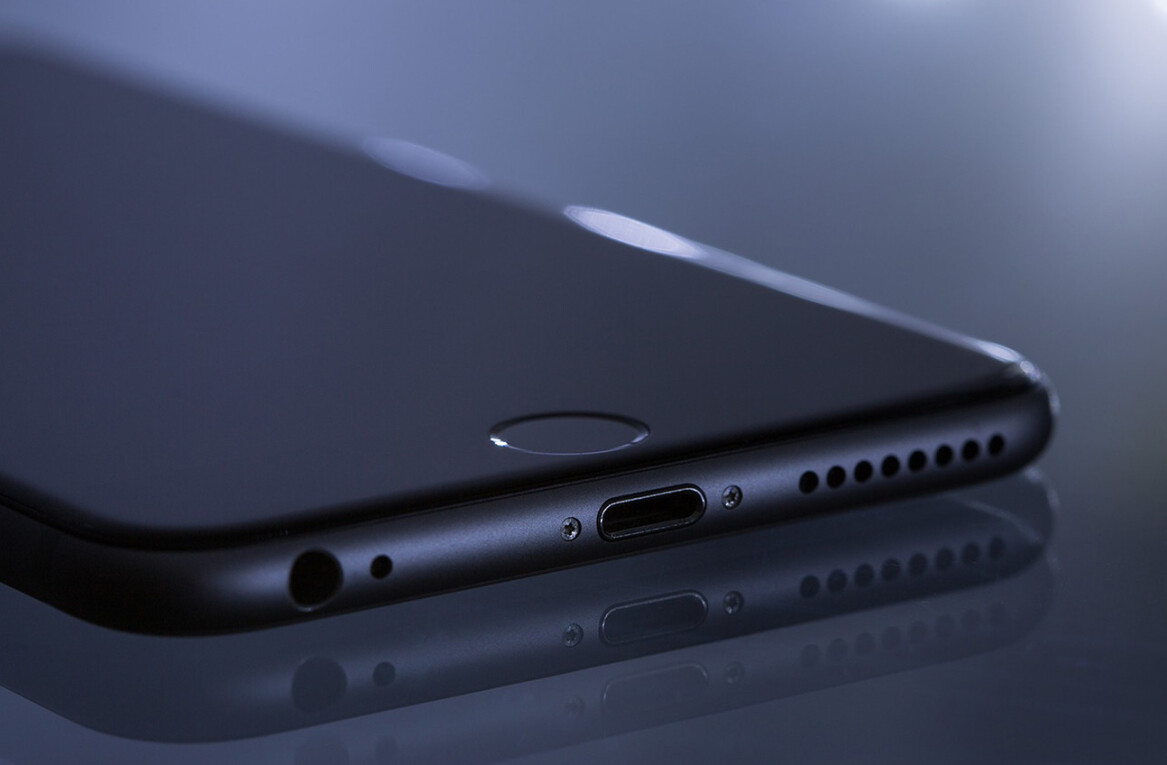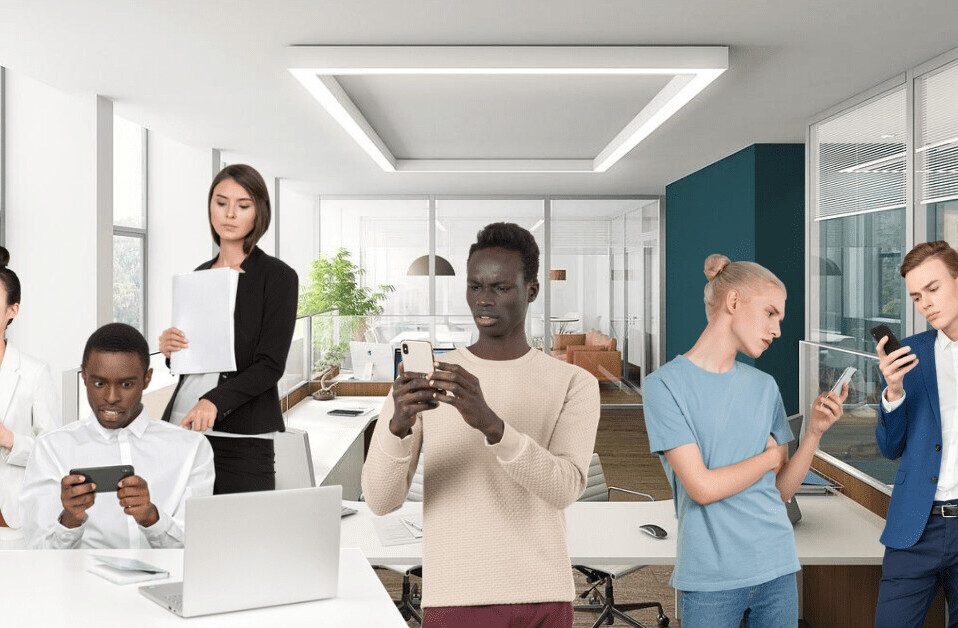
Thanks to just about every restaurant and its mother having an app, you can probably order most food before you get to the restaurant. But the physical structure of restaurants are not made to accommodate such innovations.
Think about it: the last time you were in a casual dining restaurant, be it McDonald’s or Starbucks or whatever, how did you order? You were probably funneled through a specified line demarcated by barriers, and then approached the cashier one by one. If you ordered online, then that’s probably going to frustrate you, given that you’ve already paid and your food should be made already — the whole point of doing that is so the food can be ready when you get there and save you a wait time.
According to the Wall Street Journal, several restaurants are experiencing congestion and customer frustration due to the jumble of online customers with in-person orders. Some of them have taken to making physical improvements to compensate. For example, McAlister’s Deli will now have special shelves where mobile customers can pick up their orders.
If established structures are having to make changes to handle the influx of digital buyers, then it’s possible that the physical buildings these restaurants are in could change, or that future buildings could have their design altered to reduce congestion.
Of all the things to be effected by the rise of app culture, building design might not seem like an obvious one. But as mobile ordering and payments become more commonplace, it’s likely that restaurants are going to have to change their operating paradigms to match their new consumer base.
Get the TNW newsletter
Get the most important tech news in your inbox each week.




